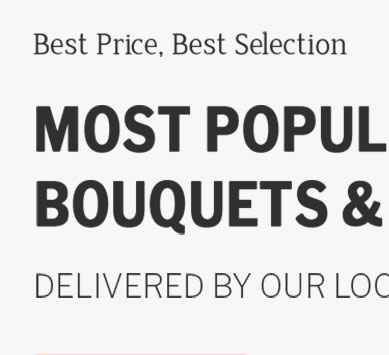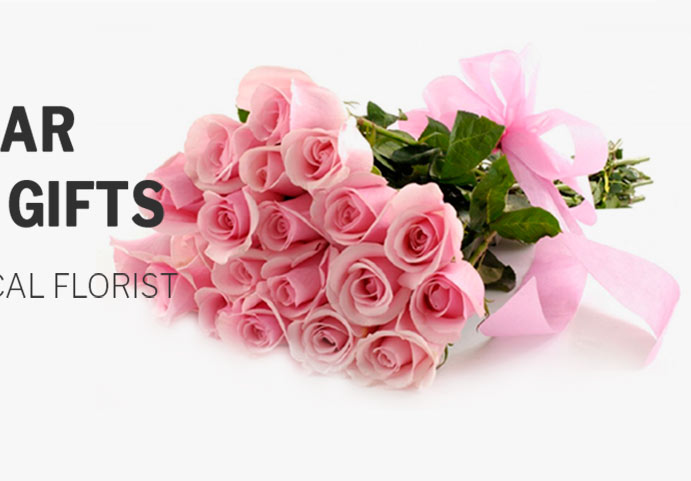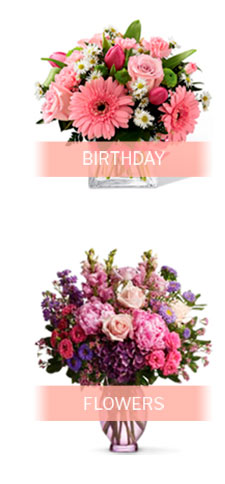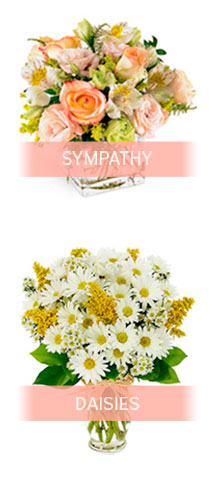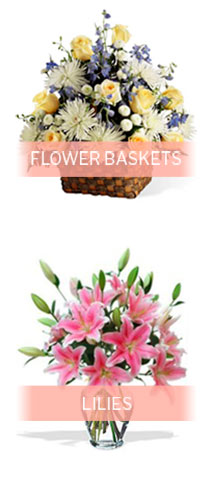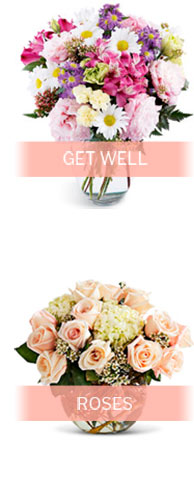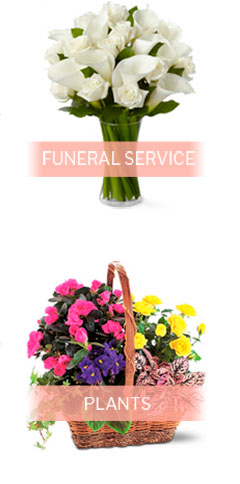|
||||||||||
|
||||||||||
|
||||||||||
 |
|||||
|
 |
||
 |
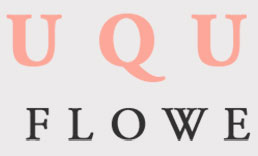 |
 |
 |
 |
 |
Exploring the Blossoming World of Flower Delivery ServicesIn recent years, the landscape of flower delivery services has undergone a remarkable transformation, driven by a blend of technological innovation and the timeless appeal of sending floral arrangements. This sector, which once relied heavily on local florists and walk-in customers, has blossomed into a thriving industry that combines convenience, personalization, and artistry. The evolution of flower delivery services is not merely about transporting blooms from point A to point B; it is about creating experiences, evoking emotions, and celebrating life’s myriad occasions with elegance and flair. The first notable shift in this industry was the emergence of online platforms that bridged the gap between customers and florists worldwide. Companies like FTD, Teleflora, and 1-800-Flowers pioneered the concept of ordering flowers via the internet, transforming the way people could shop for floral gifts. These platforms offered users the ability to browse through an extensive array of arrangements, categorize them by occasion, and personalize them with messages and add-ons-all from the comfort of their homes. This convenience was further enhanced by the promise of same-day or next-day delivery, ensuring that even last-minute gift-givers could make a thoughtful gesture. Personalization has become a cornerstone of modern flower delivery services. Today, consumers have the freedom to tailor their orders to fit the recipient’s preferences, choosing everything from flower types and colors to the style of the arrangement. Some companies even allow customers to design their bouquets, offering a bespoke experience that adds a personal touch. Additionally, the inclusion of extras such as chocolates, balloons, or handwritten notes elevates the act of sending flowers to an art form. Another significant development is the emphasis on sustainability. Eco-conscious consumers are driving the demand for ethically sourced blooms and environmentally friendly packaging. Many flower delivery services have responded by partnering with local growers, adopting fair-trade practices, and utilizing biodegradable materials. This shift not only appeals to the environmentally aware but also supports local economies and promotes sustainable agricultural practices. While the convenience and customization options of online services are undeniable, some purists argue that nothing compares to the experience of visiting a brick-and-mortar florist. The sensory delight of seeing, smelling, and touching the flowers, combined with the expertise of seasoned florists, creates an unparalleled shopping experience. However, many contemporary services strive to replicate this interaction by offering virtual consultations and detailed product descriptions, making it easier for customers to make informed choices. The future of flower delivery services is likely to be shaped by continued technological advancements. Artificial intelligence and machine learning could further refine the personalization of arrangements, while augmented reality might allow customers to visualize how a bouquet will look in their home or office. Moreover, the integration of blockchain technology could enhance transparency in the supply chain, ensuring that customers receive ethically sourced products. Despite these advancements, the essence of flower delivery remains unchanged: it is about conveying emotions and creating connections. Whether celebrating a joyous occasion or offering solace in times of sorrow, flowers have a unique ability to express what words sometimes cannot. As the industry continues to evolve, it remains rooted in this fundamental human desire to connect, comfort, and celebrate through the beauty of nature.
https://www.chicagosmarcelflorist.com/
Place Your Order Online or Call (312) 755-9900. Send Birthday Flowers - Birthday Flowers Delivery. Birthday Flowers. Shop Now >. https://flowersfordreams.com/pages/chicago-flower-delivery?srsltid=AfmBOopwmVXoeWGs1qacY4blgoauheQnvUCBupYV-AY2cZHexV5LoLMp
Flowers for Dreams is the largest local flower delivery service with over 1,000 positive flower reviews. Artisan handmade bouquets designed in Chicago and hand ... https://southchicagoflorist.com/?srsltid=AfmBOopzbDVUfkU0WbQKlrUhJbJK8CO0BhLN8CioG32M7EUMhFRgqx5D
Services, Adventis Health, Adventist Hinsdale Hosp, ...
|





